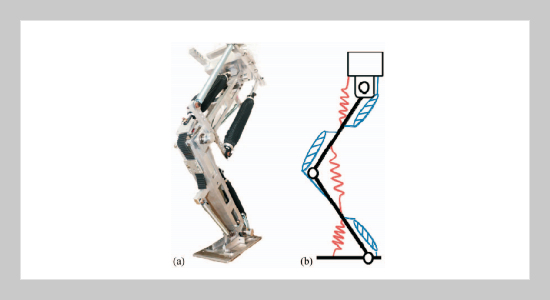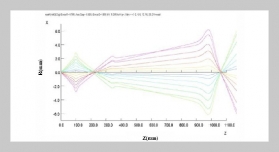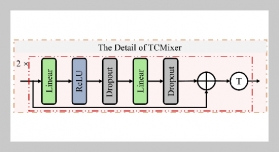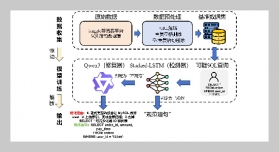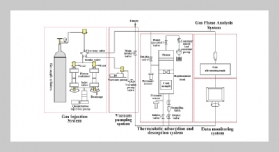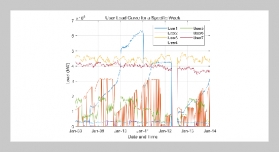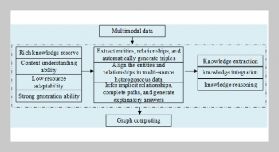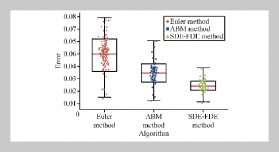REFERENCES
- [1] Caldwell, D. G., Medrano-Cerda, G. A. and Goodwin, M., “Control of Pneumatic Muscle Actuators,” IEEE Control Systems, Vol. 15, No. 1, pp. 4048 (1995). doi: 10.1109/37.341863
- [2] Daerden, F. and Lefeber, D., “Pneumatic Artificial Auscles: Actuators for Robotics and Automation,” European Journal of Mechanical and Enviromental Engineering, Vol. 47, No. 1, pp. 1121 (2002). doi: 10. 1109/AIM.2001.936758
- [3] Wisse, M., Feliksdal, G., Frankkenhuyzen, J. V. and Moyer, B., “Passive-based Walking Robot,” Robotics & Automation Magazine, IEEE, Vol. 14, No. 2, pp. 5262 (2007). doi: 10.1109/MRA.2007.380639
- [4] McGeer, T., “Passive Dynamic Walking,” The International Journal of Robotics Research, Vol. 9, No. 2, pp. 6282 (1990). doi: 10.1177/027836499000900206
- [5] Niiyama, R. and Kuniyoshi, Y., “Pneumatic Biped with an Artificial Musculoskeletal System,” Proc. of 4th International Symposium on Adaptive Motion of Animals and Machines, Cleveland, U.S.A., pp. 8081 (2008).
- [6] Takuma, T., Hayashi, S. and Hosoda, K., “3D Bipedal Robot with Tunable Leg Compliance Mechanism for Multi-modal Locomotion,” Proc. of International Conference on Intelligent Robots and Systems, Nice, France, pp. 10971102 (2008). doi: 10.1109/IROS.2008.4650 807
- [7] Hosoda, K., Takuma, T., Nakamoto, A. and Hayashi, S., “Biped robot Design Powered by Antagonistic Pneumatic Actuators for Multi-modal Locomotion,” Robotics and Autonomous Systems, Vol. 56, No. 1, pp. 4653 (2008). doi: 10.1016/j.robot.2007.09.010
- [8] Iijima, H., Sayama, K., Masuta, H., Takanishi, A. and Lim, H. O., “Mechanism of One-legged Jumping Robot with Artificial Musculoskeletal System,” Proc. of International Conference on Control, Automation and Systems, Kwangji, Korea, pp. 869874 (2013). doi: 10.1109/ICCAS.2013.6704036
- [9] Hosoda, K., Sakaguchi, Y., Takayama, H. and Takuma, T., “Pneumatic-driven Jumping Robot with Anthropomorphic Muscular Skeleton Structure,” Autonomous Robots, Vol. 28, No. 3, pp. 307316 (2010). doi: 10. 1007/s10514-009-9171-6
- [10] Chou, C. P. and Hannaford, B., “Measurement and Modeling of Pneumatic Artificial Muscles,” IEEE Transactions on Robotics and Automation, Vol. 12, No. 1, pp. 90102 (1996). doi: 10.1109/70.481753
- [11] Dekker, M. H. P., “Zero-moment Point Method for Stable Biped Walking,” Department of Mechanical Engineering, University of Technology, Report No. 2009.072, Eindhoven, The Netherlands (2009).
- [12] Westervelt, E. R., Grizzle, J. W., Chevallereau, C., Choi, J. H. and Morris, B., Feedback Control of Dynamic Bipedal Robot Locomotion, CRC Press, Boca Raton, pp. 2527 (2007).
- [13] van den Brink, S. N., Modelling and Control of a Robotic Arm Actuated by Nonlinear Artificial Muscles, M.S. Dissertation, University of Technology, Eindhoven, The Netherlands (2007).
- [14] Enzevaee, A., Mailah, M. and Kazi, S., “Practical Gripper Performance for Intelligent Active Force Control of a Robot Arm Actuated by Pneumatic Artificial Muscles,” Proc. of 14th WSEAS International Conference on Robotics, Control and Manufacturing Technology, Kuala Lumpur, Malaysia, pp. 134139 (2014).
- [15] TU Diep Cong Thanh and Ahn Kyoung Kwan, “Nonlinear PID Control to Improve the Control Performance of 2 Axes Pneumatic Artificial Muscle Manipulator Using Neural Network,” Mechatronics, Vol. 16, No. 9, pp. 577587 (2006). doi: 10.1016/j.mechatronics.2006. 03.011


